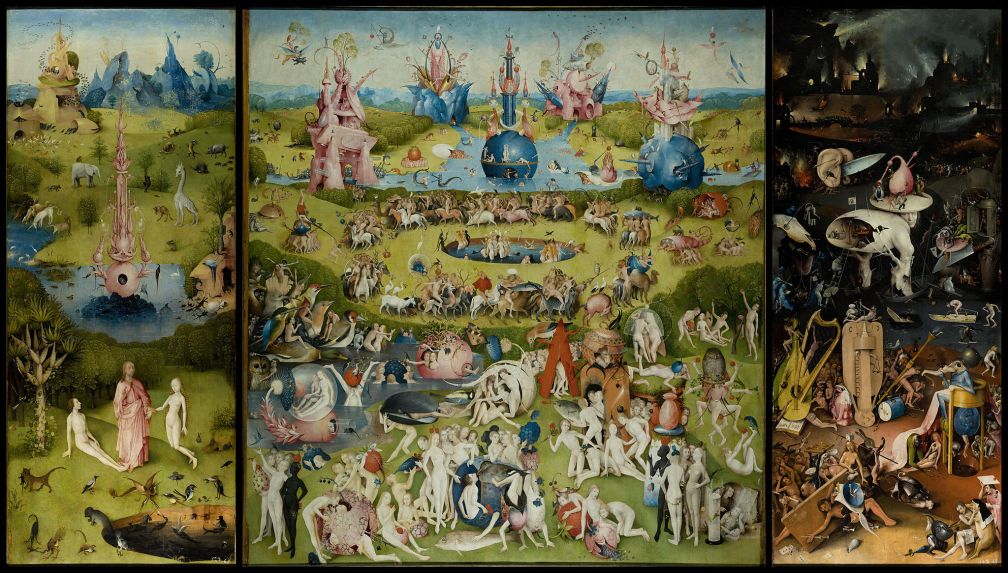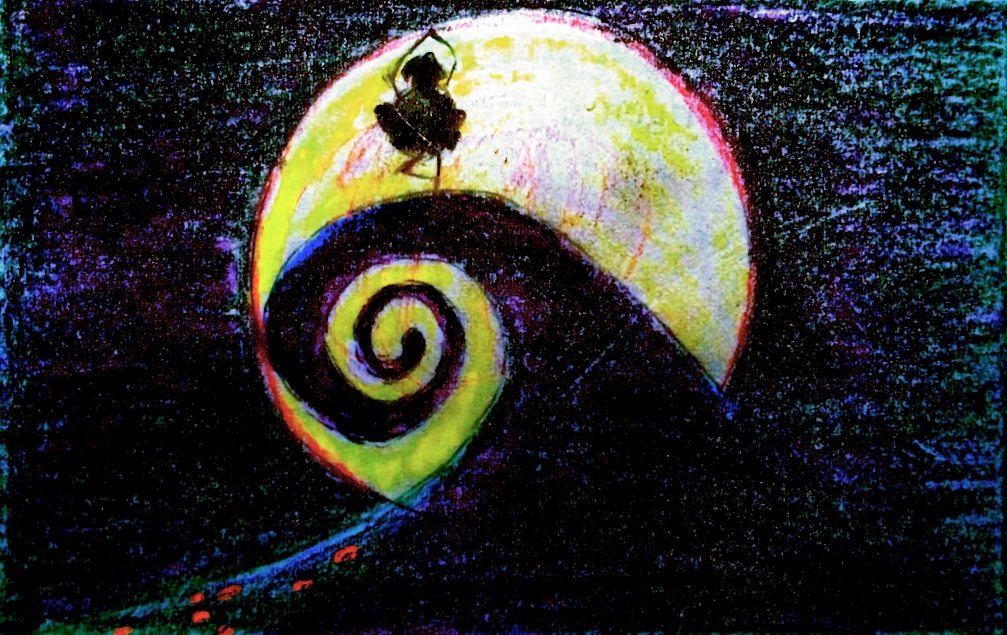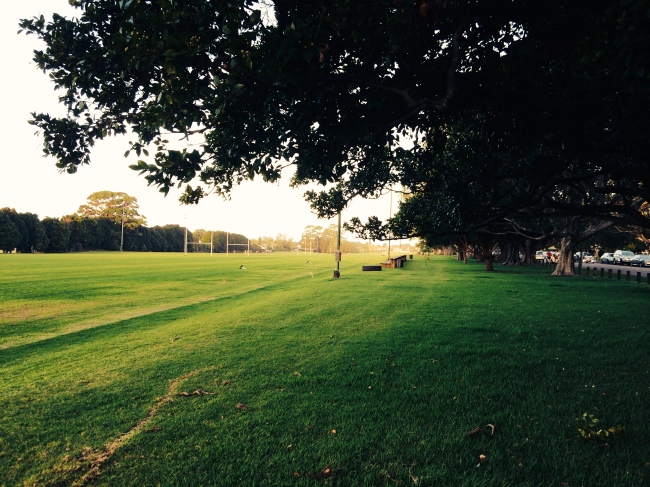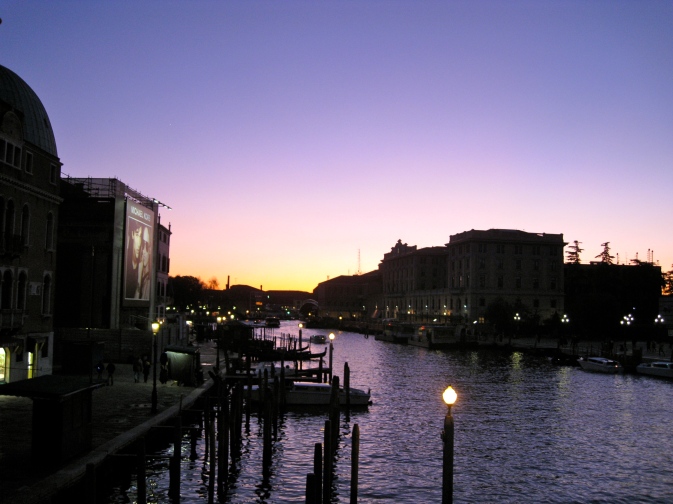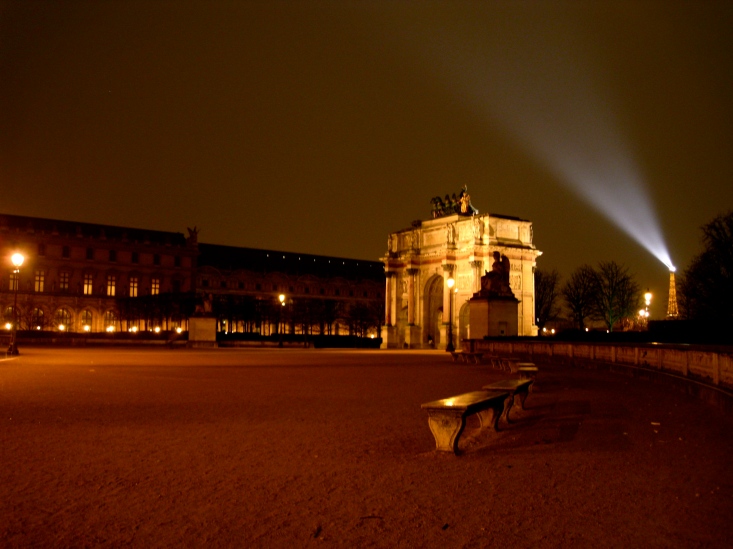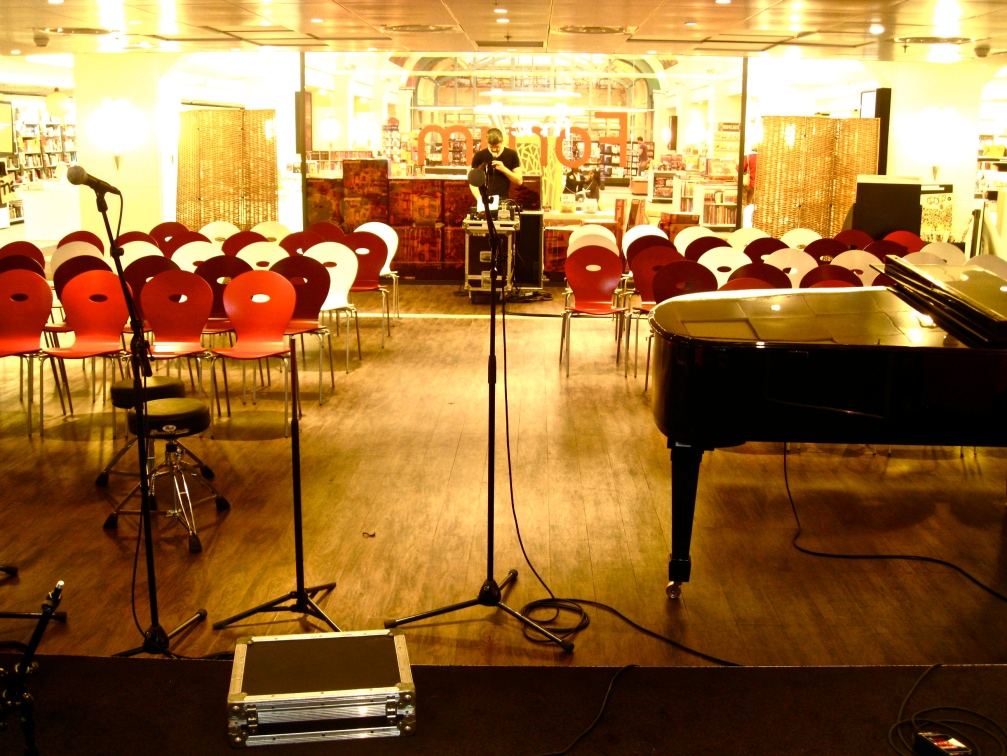I’ve always been fascinated by Hieronymus Bosch’s Garden of Earthly Delights (1490-1510). Or at least I have been since 2009, when I discovered it during an Art History class in high school. To my mind, few paintings of any country or era comes close to matching its utter weirdness. At a time when Leonardo da Vinci was dabbling with that most famous of portraits, the one which would secure his immortality, Bosch took a completely left-field turn, creating a fantastical otherworld in which monsters and men seemingly mixed with utter gay abandon.
What makes Earthly Delights so, well, delightful is its seeming inscrutability. Unlike, say, a Raphael, whose paintings are meant to be easy to interpret, Bosch’s triptych looks simply ridiculous. Anyone seeing those frolicking naked humans and strange geometrical shapes could be forgiven for assuming the artist was completely out of his mind; no sane human being could possibly conjure up such bizarre imagery—at least without the use of narcotics.
And yet, according to Laurinda Dixon, author of Bosch, the artist wasn’t a nutcase. If anything, his work was comprehensible to his fellow countrymen, who understood and appreciated the references he made; references which half a millennia has now, regrettably, made obscure. Dixon argues that because we lack the cultural context of 16th century northern Europe, we tend to place our own assumptions upon the work. This is perhaps why the most common interpretation of the triptych is a moral one. It goes like this: the three panels, displayed in chronological order, warn viewers about living a sinful life, which ends inevitably in eternal punishment. Before their transgression and subsequent expulsion from the Garden of Eden, Adam and Eve lived a collective life of bliss, free from the aches and pains that the unleashing of sin would soon bring about. In the aftermath of their fall, the world lost all its innocence: sin became unavoidable; every child became born a sinner, inheriting the curse from their earliest ancestors, as can be seen in the central panel, whose revellers seem to be partaking in a fantastical orgy; but those who partook in sin and subsequently failed to be cleansed of their wrongdoing were condemned to an eternity in hell, where in Bosch’s vision demonic monsters subject sinners to a myriad of horrific tortures.
Although this interpretation makes sense, it still seems somehow lacking. It fails to explain why Bosch included all those strange shapes, or what all the creatures are actually getting up to. Which is where Dixon comes in. She argues that this interpretation is flawed because it views the painting through a post-Victorian, post-Freudian lens. People simply weren’t as prudish back then as they are now, she argues—and not without reason. For example, if we go even further back to Dante, we may note that lust was regarded as the least corrosive sin in the Inferno. When the poet enters the first circle of hell proper, he comes across Francesca and Paolo, an adulterous couple whose flurry of passion outside the confines of holy matrimony condemns them to an eternity of being blown about violently with the wind. And yet their transgression is considered minor because lust, in signifying a lack of self-restraint, makes a relatively minor impact upon society; compared to treachery, which Dante locates in the Devil, which requires the perpetrator to exercise with all their faculties, and whose impact upon society is utterly destructive, lust is simply naive and animalistic. In Dante’s ethical outlook, after all, a sin’s gravity can be weighed by how it upsets society; hence since lust is seen to cause harm mainly to those who partake in it, and to immediate family, it is less serious than, say, Satan’s determination to replace God with himself—a sin for which all hell broke loose.
Anyway, whether Dante’s view was shared by the Catholic Bosch and his contemporaries is moot; but what can be said is that unsanctioned sex was never Bosch’s preoccupation in the first place. In fact, Dixon argues that sex was seen essentially as a holy act that took place not just between human beings, and between animals, but also between chemical elements everywhere. Dixon points out that chemical reactions were regarded as a form of sexual intercourse; chemicals would come together and produce a new, chemical offspring, creating life in much the same way that God originally created everything. And because everything is made up of elements, the people of the time believed that if they combined chemicals in the right way, they might be able to recreate the world as it was before sin had made its entrance. For this reason, alchemy, far from being the discredited pseudoscience it is today, was seriously regarded as a sanctified endeavour. Besides the likes of Newton, who was known to practice the then-regarded science, priests would, during services, perform alchemy in the name of the Lord. Of course, none of their efforts succeeded, for if one of them had, the world would now be as it appears in the left panel: unsullied in every respect.
But that’s not all. For Dixon goes so far as to argue that the central panel only makes sense from this ‘chemical’ perspective. The revellers, far from engaging in wanton sex, are upholding moral standards by propagating the species and bringing more life into the world. This might explain why the people don’t seem to have any lust in their eyes whatever; on the contrary, they seem rather playful and innocent—like sheep in a pasture being tended from afar. Likewise, the people riding horses in a circle symbolise the chemical process, which creates new chemicals and chemical reactions indefinitely. Circles, after all, don’t end, and neither do these reactions. The same can be said of the birds seen flying about in the first panel, who Dixon suspects are flying about in a cycle very much like that of the horse riders.
There are many interesting ideas in Dixon’s book—which makes me annoyed that I can’t remember what she has to say about the geometrical shapes, or how the right panel relates to the other two. But what little I remember of her book I find not just convincing but revelatory. If Bosch was really so transparent to his contemporaries, it goes to show how attitudes and cultures can change so dramatically. It also makes you wonder what people five hundred years from now will make of today’s contemporary art. It’s a pity we cannot find out, but perhaps it’s better that way.
